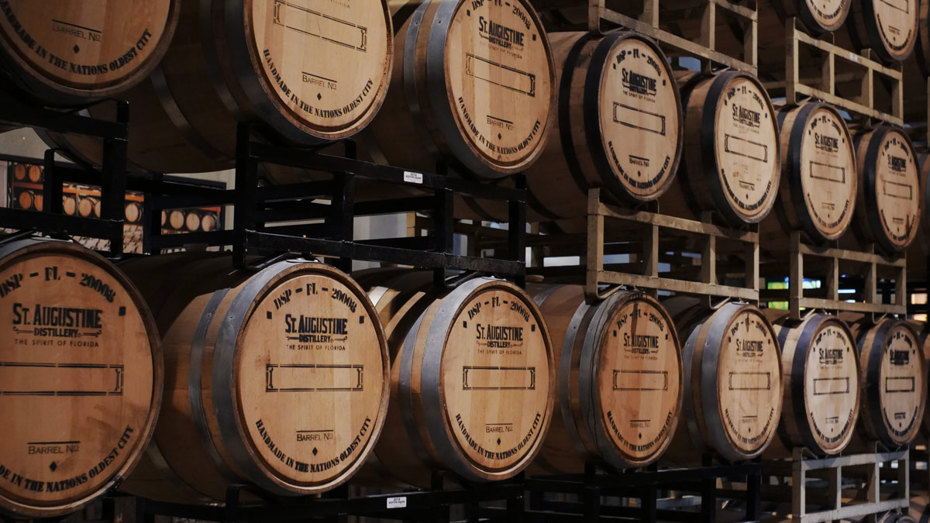Bourbon, with its rich and complex flavor profile, owes much of its character to the aging process. Time spent maturing in oak barrels is a critical factor in the development of the distinctive flavors and aromas that bourbon enthusiasts cherish. In this article, we delve into the science behind aging bourbon and explore how the interaction between the spirit and the barrel influences its flavor profile.
The Process
- Oak Barrel: The Catalyst for Flavor Transformation
Bourbon aging begins as the spirit is placed in new, charred oak barrels. The porous nature of the wood allows for a unique set of chemical reactions to occur, greatly impacting the final product. The barrel acts as a catalyst, imparting flavors, colors, and aromas to the bourbon through a series of intricate processes. - Extraction of Compounds: The Flavor Journey
During aging, the bourbon undergoes extraction, where various compounds from the oak interact with the spirit. These compounds include lignins, hemicellulose, and vanillin, among others. Lignins contribute tannins, which add bitterness and astringency, while hemicellulose brings forward sweetness and complexity. Vanillin, responsible for vanilla-like flavors, develops as the spirit interacts with the lignin in the wood. - Oxygenation: Mellowing and Oxidative Reactions
As bourbon ages in the barrel, oxygen gradually permeates the wood and interacts with the spirit. This process, known as oxygenation, plays a crucial role in mellowing the flavors and harmonizing the various compounds present. Oxygenation also facilitates oxidative reactions, transforming certain compounds and contributing to the development of complex and desirable flavors over time. - Caramelization: Enhancing Color and Flavor
The charring of oak barrels creates a layer of charcoal on the inner surface. During aging, the bourbon comes into contact with this char layer, initiating caramelization. The heat from the char prompts the breakdown of sugars present in the bourbon, resulting in the formation of new compounds and contributing to the characteristic amber hue and rich, sweet flavors found in aged bourbons. - Temperature and Humidity: Maturation Dynamics
The environmental conditions in the aging warehouse, including temperature and humidity, play a significant role in the bourbon aging process. Fluctuations in temperature cause expansion and contraction of the wood, allowing the bourbon to penetrate deeper into the oak and extract additional flavors. Meanwhile, humidity influences the rate of evaporation and concentration of the spirit, impacting its overall flavor intensity. - Time: Patience Rewarded
One of the most important aspects of bourbon aging is time. The longer bourbon spends maturing in the barrel, the more time it has to develop complex flavors and mellow its harsher elements. During this period, chemical reactions continue to occur, further refining the bourbon's profile and contributing to its unique character.
Conclusion
The science of aging bourbon is a captivating journey that transforms the raw spirit into a cherished and complex elixir. The interaction between the bourbon and the oak barrel, influenced by oxygenation, caramelization, and environmental factors, is responsible for the rich flavors, colors, and aromas that make aged bourbon so prized. As bourbon enthusiasts sip and savor their favorite expressions, they can appreciate the time, craftsmanship, and scientific processes that contribute to the remarkable flavors that have come to define this beloved American spirit.

